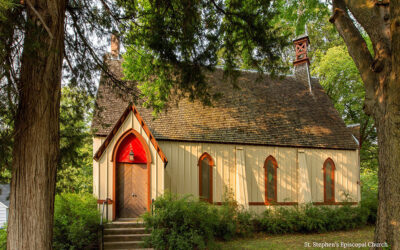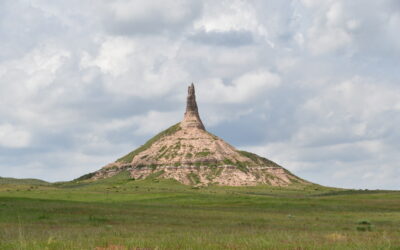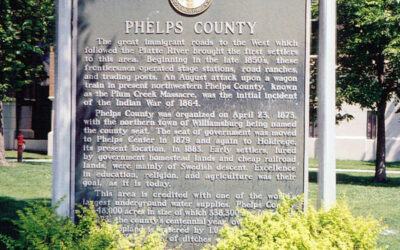In 1897 Samuel E. Rogers, a former member of Nebraska’s first territorial legislature of 1855, sent the Nebraska State Historical Society his brief recollections of each member of that history-making body. The chief political question before it was the prospective relocation of the territorial capital from Omaha to some site south of the Platte River.
Rogers gave some, such as A. D. Jones, his unqualified approval. “He [Jones] was not a schemer, a wire puller, but always open-handed and candid.” Some, such as Richard Brown, received less enthusiastic praise. Brown was said to be “a hard worker in his quiet way, a good conversationalist, but a debater of only ordinary ability. He was a true and candid man, a perfect gentleman, but had not the cheek to push himself to the front.”
The unusual or eccentric also drew Rogers’s attention. “Lafayette Nuckolls, a young man of nineteen years, . . . He seldom attempted to make a speech. To look upon him, you would make up your mind that he was a clerk in some dry goods store. . . . He claimed citizenship in Nebraska, but lived in Glenwood, Ia.”
Rogers sharply criticized several territorial legislators. He thought Benjamin R. Folsom’s strength “was not in speech-making, but rather in laying plans and wire pulling.” Rogers described J. C. Mitchell as “erratic, impulsive, fiery in speech, hot-headed, and aggressive. His dear Florence was his only hobby. He was ready to trade, buy, sell, or swap, if he could thereby get advantageous legislation for his Florence townsite.”
At the conclusion of the sessions, Omaha retained the territorial capital. Its supporters were too entrenched and their South Platte opposition too divided to effect a change.



